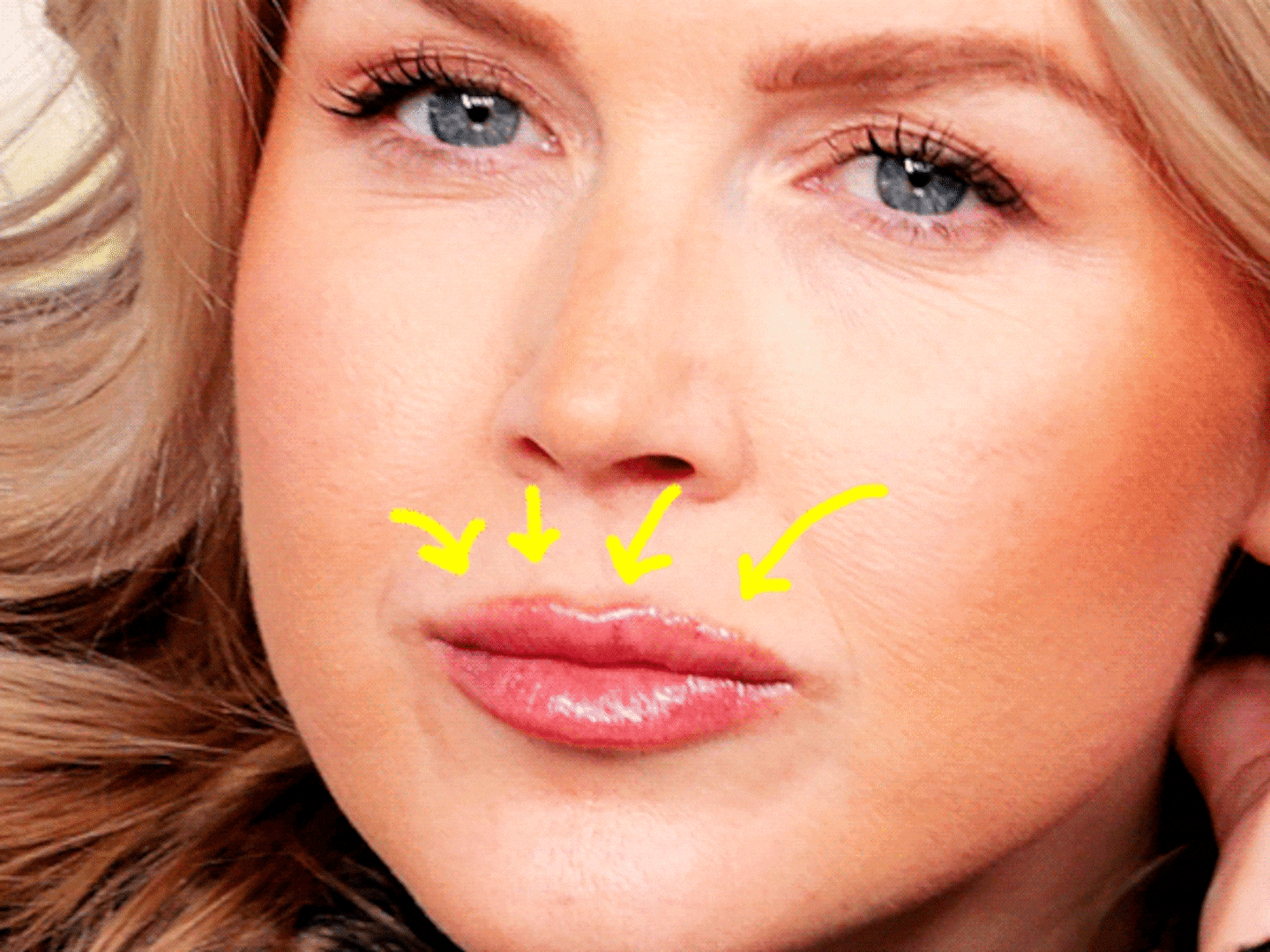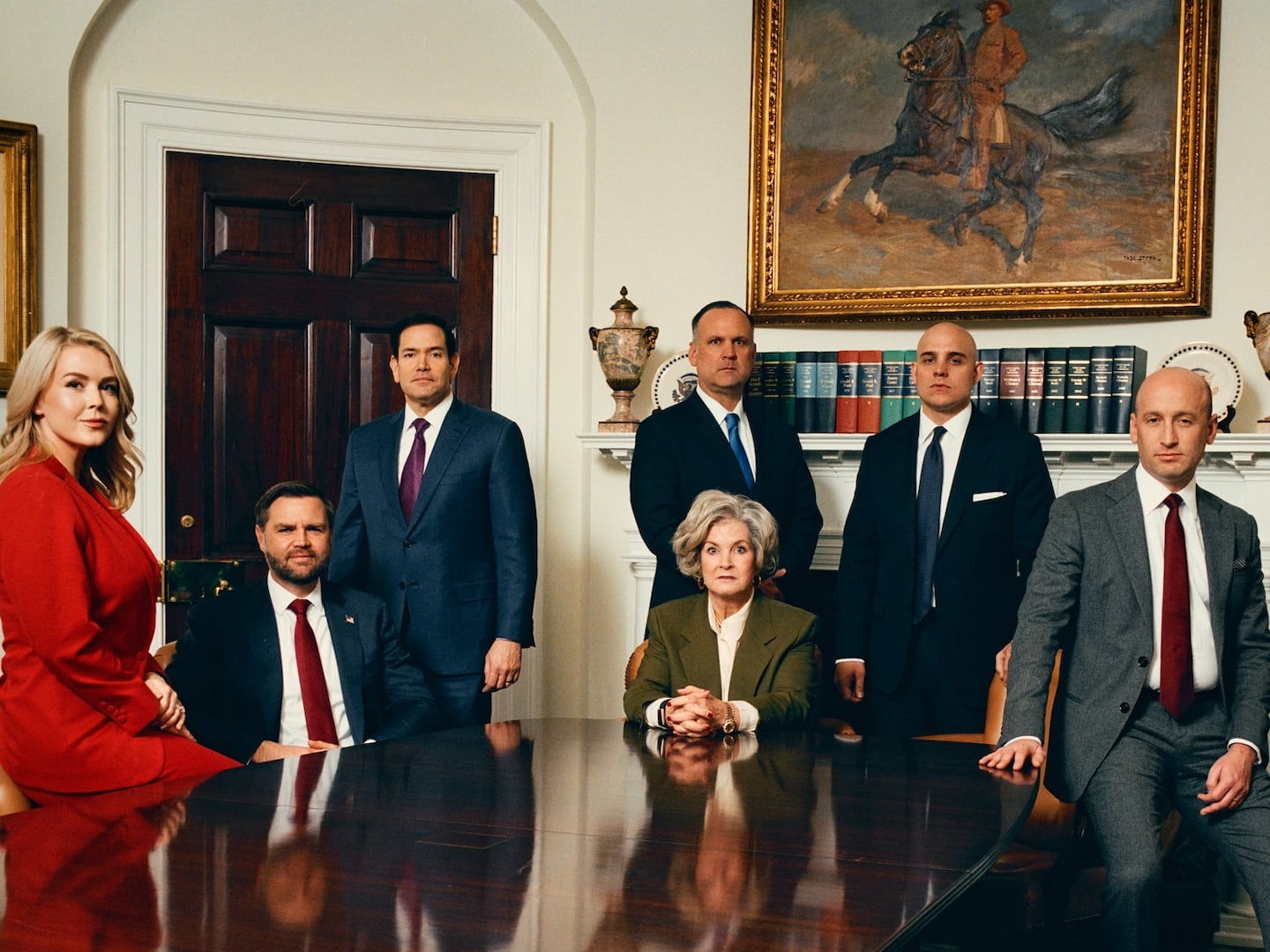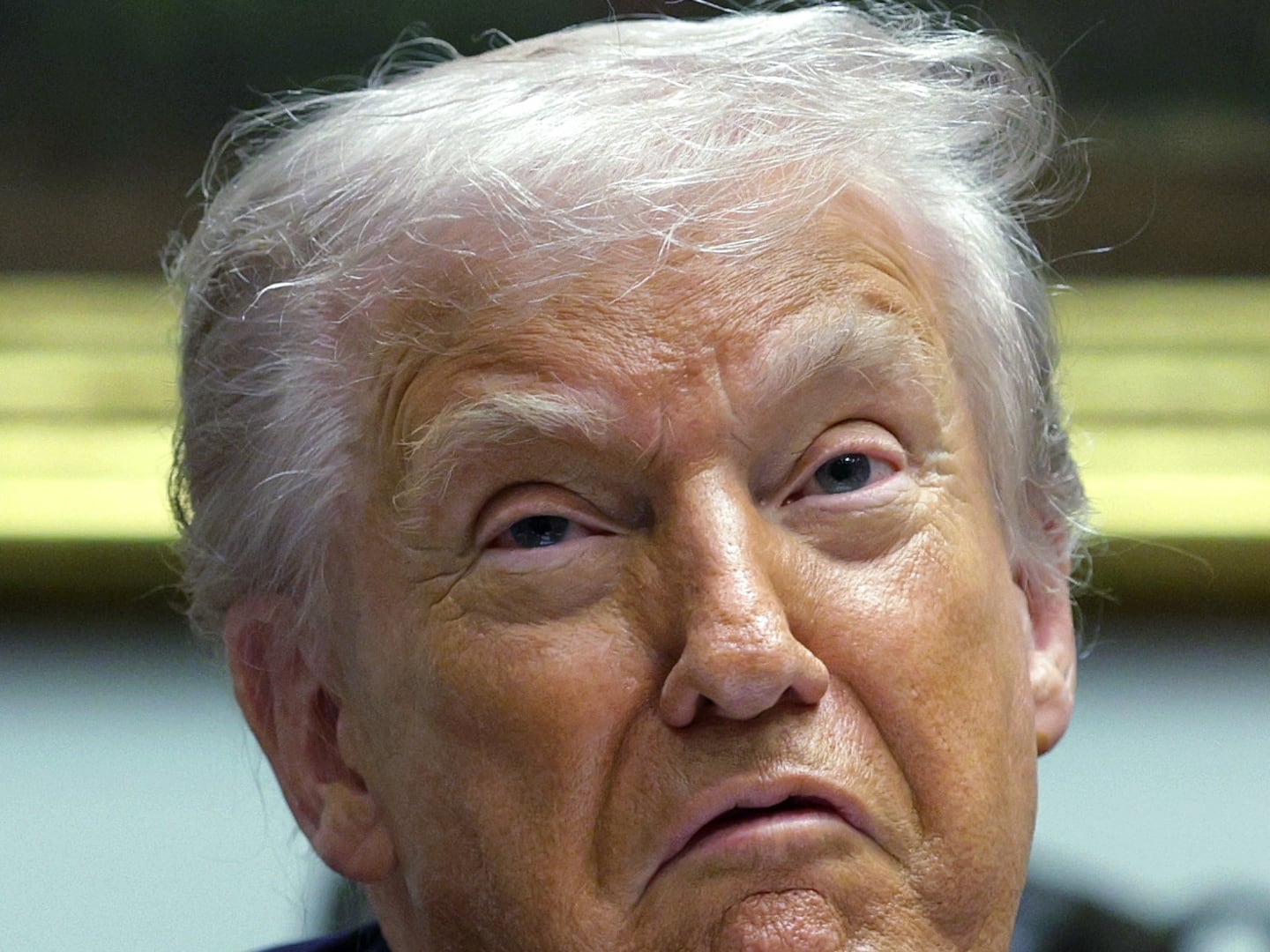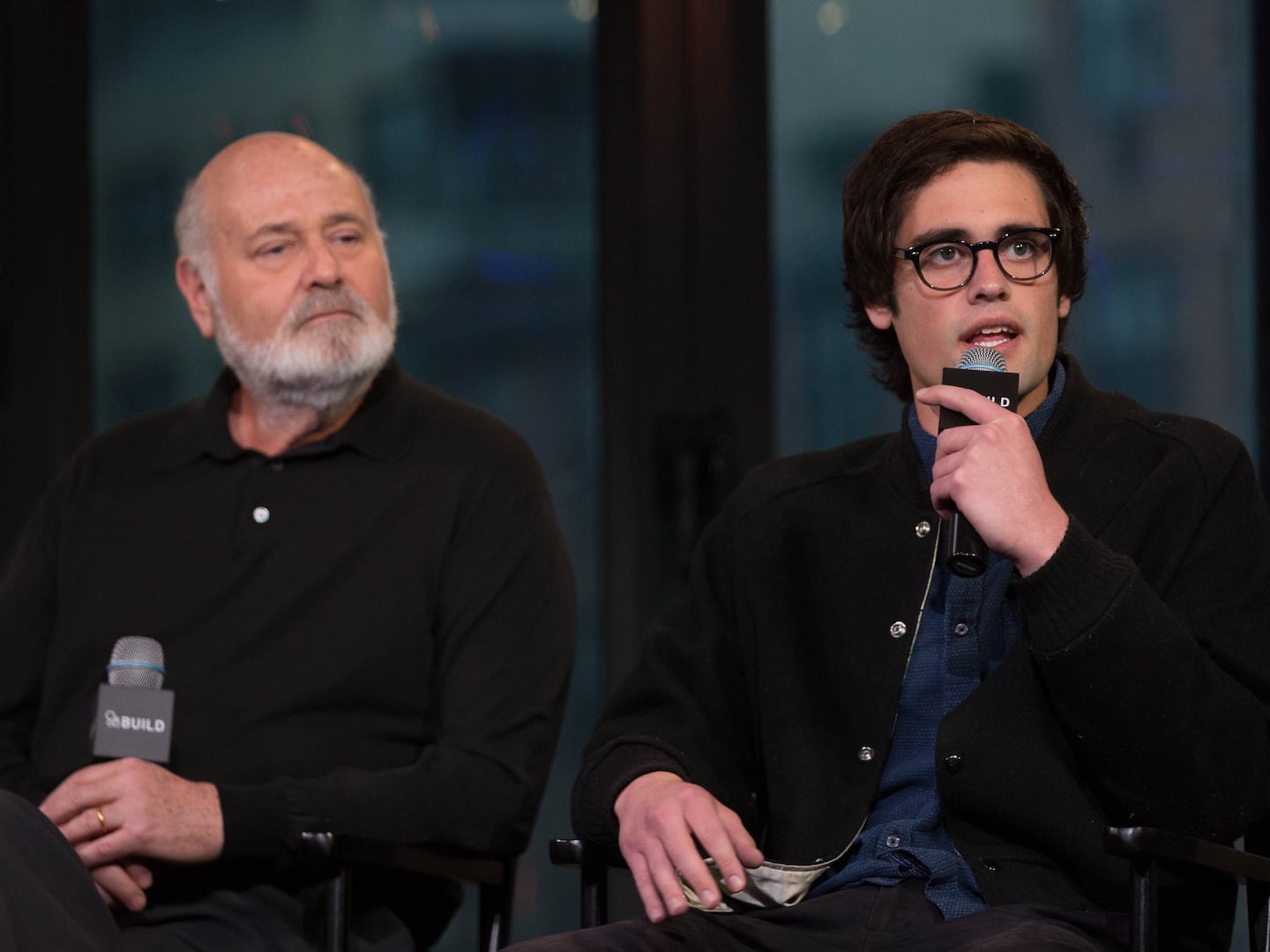
Is health care bailing out the networks? Already, more than $50 million is being spent on TV advertising to twist America’s insured and uninsured arms about whether health reform is critical and long overdue, or if it’s a catastrophic disease itself. The advertising is coming from all sides: the parties, conservative groups, PACs, unions, the AARP.
The new health care ads are designed to jack up sentiments to the kindling point.
And it’s rapidly reaching the drown-out level. So just imagine the din when the drug companies unleash the $150 million they’ve said they will spend through their trade association, PhRMA.
What is this onslaught supposed to accomplish? Since only 5 percent of people are unsure about whether they support or oppose the president’s plan—according to a CNN Poll conducted between July 31 and August 3—this huge investment isn’t being made to change a few minds.
No, the advertising isn’t targeted to that handful of thoughtful fence-sitters who are genuinely torn. It’s designed to jack up sentiments to the kindling point. It seeks to mobilize the base, to provoke and demonize, to get people enraged enough to email, call, heckle at Town Hall meetings. It’s also meant to be incendiary enough to make the advertising itself an issue, bringing more media attention and coverage.
This level of intensity and traducement is more rhetorically explosive than anything I’ve seen. Sure, we’ve had roughneck messaging in the past—especially in local political races—but there’s an O’Reilly vs Olbermann gladiatorial quality to these proceedings that feels qualitatively different.
What it feels like is Who’s Afraid of Virginia Woolf on a national scale. We’re watching an ugly fight where each side dredges up all of its toxic history and accumulated vitriol and dumps it into the mix. And because it’s a scratch match, the attacks ratchet up to the point where any effort at reasonable conversation vanishes.
The commercials fall into boring and familiar categories. One technique is to use sad and scary stories of people who either got screwed by the current system—or got screwed in Canada or England by a single-payer system—narrated by an ominous announcer.
Another approach makes health care a proxy for a larger political agenda. Use your commercials to shout that the Democrats are secret socialists who have always wanted a single-payer system, and want to bankrupt America. Or argue that Republicans have always been creatures of the special interests and want to use this issue to crush Obama and maintain the status quo.
But curiously, regardless of the message, most of the sports look and feel the same. That’s because they were created by political strategy firms, not conventional ad agencies. The people who sell you Nike and Coke are in the business of highly produced, subtle manipulation. But these spots work by a kind of bludgeoning artlessness. They take poll-tested language, and message bibles like Frank Luntz did for the Republicans with his Language of Healthcare 2009—and turn it into smash-face advertising.
It’s a little different on the web, though. Here, in an effort to be more “creative,” the DNC and RNC freestyle a bit, hoping for some humor or irreverence that will trigger the forwarding finger.
Like John McCain’s web video where he compared Barack Obama’s celebrity to Paris Hilton’s, the online videos in the health-care debate are often commentaries on the debate itself. The Democrats use mock horror-movie tropes to mock the Republican scare tactics. The Republicans use the convention of drug advertising to deride the Democratic plan as a feel-good, mood-altering drug called Reforma.
Here’s a sampling of what’s out there now. And what’s interesting is that neither the DNC or the RNC has their advertising up on their website. Why are they making it so hard to track down their messaging? Seems like transparency is in no one’s plan.
Title: "Mean for You" •:30 TV paid for by new group with the low-ambition name "Americans for Stable Quality Care" • Running in Blue Dog Democratic states • Just launched Thursday, August 13 • Budget $12 million of claimed $150 million war chest • Best example of committee-inspired mediocrity
This coalition behind this effort is a curious mixture of frenemies, including the pharmaceutical industry itself, the AMA, SEIU (the two-million member Service Employees Union), the Federation of American Hospitals, and FamiliesUSA. No doubt it is the hunt for a non-controversial common ground that's behind this mushy, strangely unemotional spot and unconvincing production. It feels like every word was manufactured by survey machinery, and approved by focus groups.
This is check-box advertising at its worst. An announcer asks, "What does health insurance reform mean for you?" (note that reform is now linked to insurance, and is no longer systematic) and then ticks off a list of crowd-pleasing initiatives like eliminating restrictions on pre-existing conditions, protecting you if you get sick, capping out-of-pocket costs and cutting waste—over a background of vapid stock photography. Its objective is obviously to calm the waters and promise an era of serenity, which is why there's no mention of the system being broken, or the implication of any profound changes ahead. It treats health care reform as a consumer product with a list of benefits for the buyer; a world of incremental goodness.
And there's something else missing from "Mean for You": what reform means for someone else. Extending insurance to the uncovered 40 million is conspicuously absent; the great minds behind this advertising are convinced that reform is essentially a selfish act.
Title: “It’s Time, Senators.”• Uninsured men and women urge legislators to act now • :30 TV Spot paid for by the DNC. • Running nationally as part of $10 million budget • Schmaltz factor: Moderate. Son with cerebral palsy and epilepsy; lost job; insurance companies that won’t pay up; uncle who walks with a limp.
Here, the DNC tries to harness the history-making ethos of the Obama presidency itself with a parade of uninsured men and women. The spot closes with the repeated litany of “It’s time, Senators.” Relatively restrained, but doesn’t advance the argument, and doesn’t even point out that there are more than 40 million stories like these.
Title: The Republican Health-Care Horror Show • Democratic parody mocks Republican criticism as expected—Classic fear-mongering strategy • 1:55 web video paid for by the DNC • Best use of disembodied body parts: The heads of Newt Gingrich, Sean Hannity, and others are grafted onto Frankstein’s body; no mention of whether the surgery would be covered under Obamacare.
It begins with the president warning us that the Republicans will use “the same scare tactics they have in the past,” and then proceeds into a parody of sub B-level horror movies. The Republicans are mocked as a “zombie army”; buzzwords like “takeover,” “rationing,” and “socialized medicine” are splashed in drippy, horror movie type and repeated by Hannity and other stock villains. In the background: black and white footage of zombies, bogeyman, monsters, and an inexplicable intercut to the Psycho shower scene. It’s a visual mess, but the point is clear. Be unafraid, be very unafraid.
Title: Grand Experiment • Republicans frame reform as a high-risk gamble that bankrupts our kids • :30 TV spot paid for by the RNC • Running nationally, part of $1 million August budget
This clever spot does a couple of things at once. It attempts to neutralize the heart-yanking shots of uninsured kids in the pro-reform advertising with warm and fuzzy images of innocent, unsuspecting children who will end up broke because they have “…loaned Barack Obama their future without even knowing it.”
At the same time, the commercial frames health care reform against the parade of bailouts; it’s a “risky experiment” that is being rushed through, just like the “trillions for rushed government bailouts and takeovers.”
There’s no shrillness, it’s strategically mellow, and it actually flatters opponents of the plan—giving them the opportunity to see themselves as prudent and cautious, rather than hard-hearted pricks who don’t care about uninsured families
Title: Harry and Louise, “Get the Job Done” • The couple who killed it last time is back, and has switched teams • :30 TV spot paid for by PhRMA • Running nationally • Worst of all
Forget Harry Potter and Transformers, the summer sequel that I’m obsessing over is the return of Harry and Louise. Unseen since the 1990s when they helped stick a fork in the Clinton health care plan, these creatures of the pharmaceutical industry have returned as born-again advocates.
What’s so bizarre about this spot is that it ignores their previous position. Harry walks across the kitchen, reading the newspaper, and declaims, “Well it looks like we may finally get health care reform,” as if he had been battling for it, shoulder to shoulder with Ted Kennedy, his entire life.
It would have been immeasurably stronger if they acknowledged their change of heart. But big trade associations don’t like to admit they’ve shifted positions, even though their domesticated proxies. The most galling statement of any spot I’ve seen is Louise’s closing line: “A little more cooperation, a little less politics, and we can get the job done this time.”
Title: Reforma • Send-up of drug advertising clichés attempts to destroy credibility of the reform’s many promises • 1:00 web video paid for by the RNC • Questionable use of double mockery strategy
It starts like a spot for one of those mood-altering drugs that Big Pharma pushes. Happy people frolic in happy fields, as an unctuous announcer describes the promise of “The life you want to live, the peace of mind you deserve.”
We then learn that we’re in the middle of a parody commercial for “Reforma—the Obama/Pelosi plan for a government takeover of healthcare.” All the opposition attacks on health care reform are expressed through the language of drug advertising: “Side effects include bureaucratic waste and delay” and “Not recommended for people who actually need medical care.”
The last line is pretty funny, but the strategy—attacking health care reform by reminding us of the manipulative prowess and deep pockets of the drug manufacturers—isn’t smart.
Title: Survivor • Uses Canadian brain-tumor victim in straight-to-the-gut indictment of single-payer system • 1:00 TV spot signed off as “PatientsUnitedNow.com” paid for by “Americans for Prosperity Foundation” • Running in 11 states and Washington, D.C. • Budget $1.8 million • Winner of August’s Dichotomy Award for most powerful message, most debated veracity
The spot opens with Shona Holmes solemnly telling us: “I survived a brain tumor, but if I relied on my government for treatment, I’d be dead. I am a Canadian citizen.” She then tells her story about having to come to the Mayo Clinic for treatment.
Because it activates all our anxieties and received folklore about the Canadian and British systems, it’s potent stuff that gets to the heart of the debate. And the syntax of the first line is crafty: “If I relied on my government…I’d be dead” is a cautionary tale.
Factcheck.org has spent a lot of time analyzing the accuracy of her story; Holmes had a benign brain cyst (some question whether it was a tumor) that was causing vision loss and other symptoms. While she and Americans for Prosperity maintain it was life-threatening, many doctors interviewed by Factcheck believe otherwise.
Title: “Ambulance” • Racing ambulance unable to get through traffic is metaphor for those who seek to block reform • :30 spot paid for by AARP’s “Health Action Now” initiative • Running nationally • Best chase scene in health care debate.
It’s not the French Connection, but we do get to see a racing ambulance trying to get through city streets, only to find its path continually obstructed by cars and buses cutting it off and backing into it.
An announcer intones: “Special interest groups are trying to block progress on health care reform, de-railing the debate with myths and scare tactics.” Two other spots in the campaign use the same vehicular metaphor, attempting to bust the myths about rationing, or that Medicare will be threatened under the plan.
There’s a real lost opportunity here. They didn’t leverage their cred. The message should have “We’re AARP. We’ve been fighting for seniors for more than 50 years. If there was anything, anything in this reform plan that hurt seniors in any way, we wouldn’t be supporting it. In fact, it’s great news for seniors.”
Title: Snail • Says health care reform isn’t moving too fast, but is proceeding at a snail’s pace. •:30 spot paid for by Citizens United for Change • Funniest disclaimer
An animated snail makes his way across the screen, as the announcer mocks those who say health care reform is moving too fast, since we’ve been talking about it for 15 years, during which time premiums have soared.
As the announcer says, “When something goes slow enough, it’s easy to kill it dead in its tracks,” a foot enters the frame and stomps on the snail; an actual crunch is heard. But don’t flinch. At the end of the spot, a reassuring message appears letting us know that “No snails were harmed in this production of this advertisement.”
Adam Hanft is a decoder of the consumer culture and our branded planet. He blogs for The Huffington Post and FastCompany.com. He is also the co-author of Dictionary of the Future and is founder and CEO of the marketing and branding firm Hanft Raboy. Follow him at Twitter.com/hanft.






